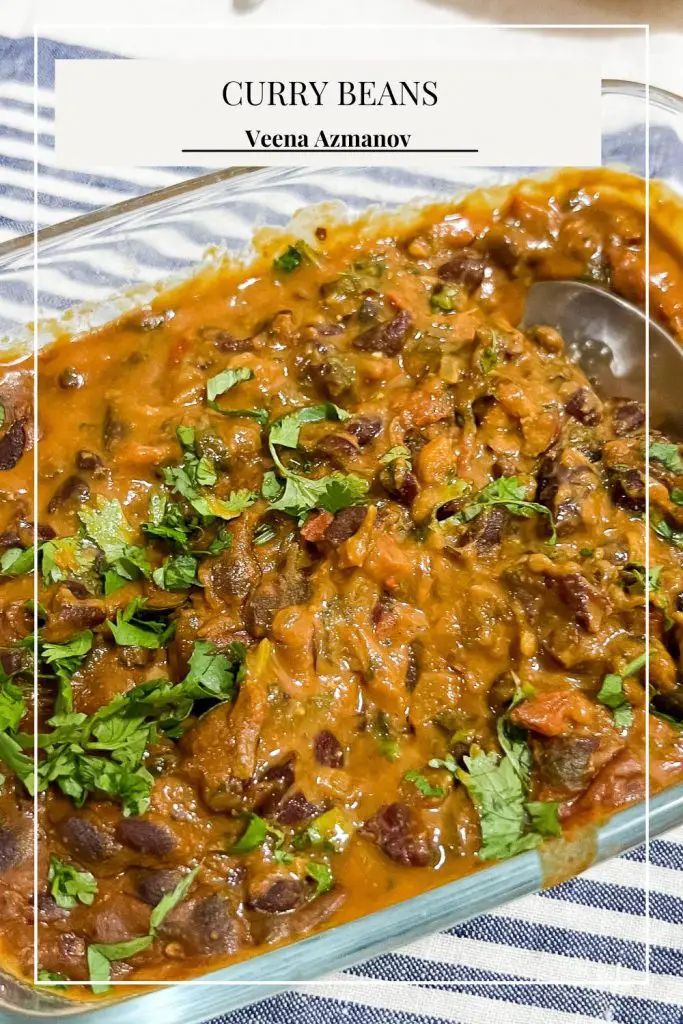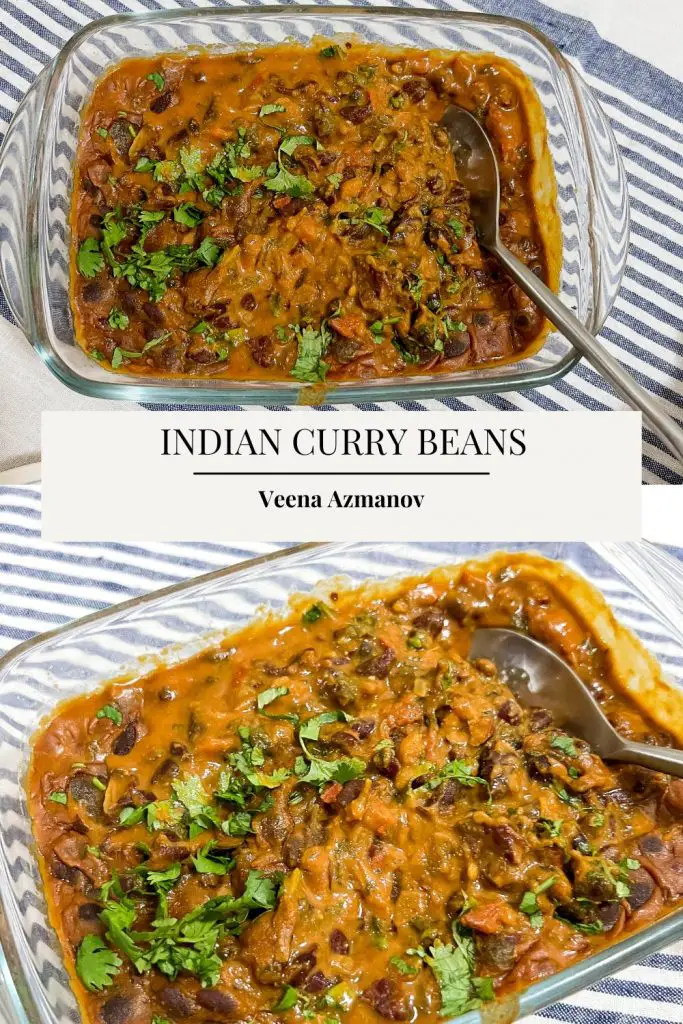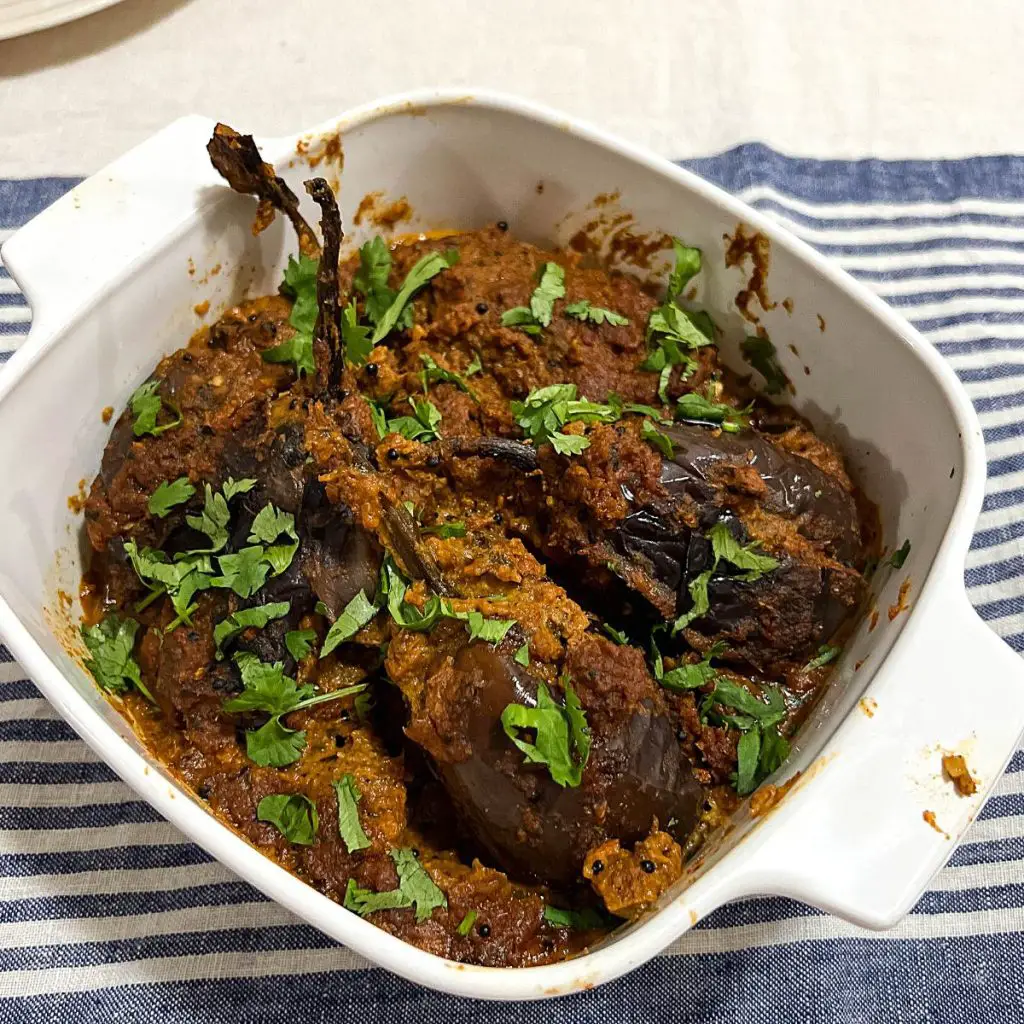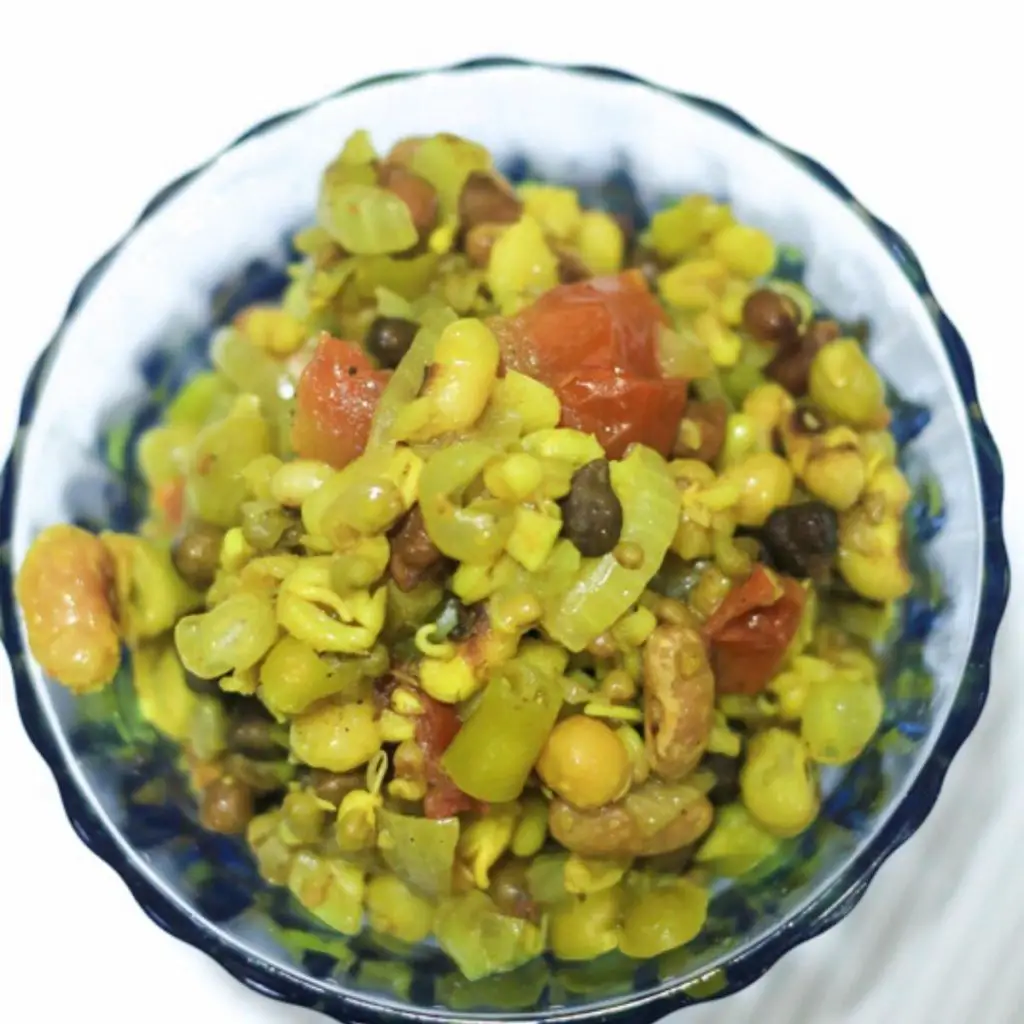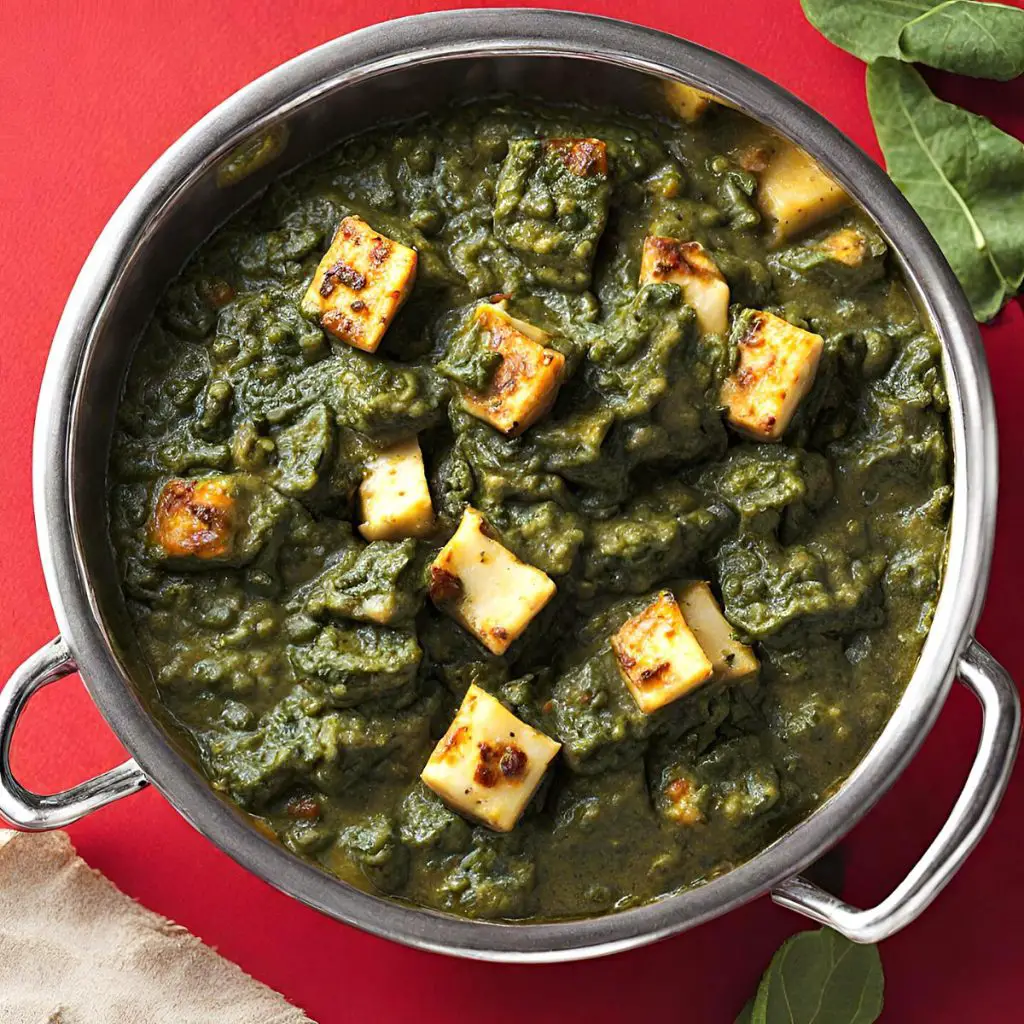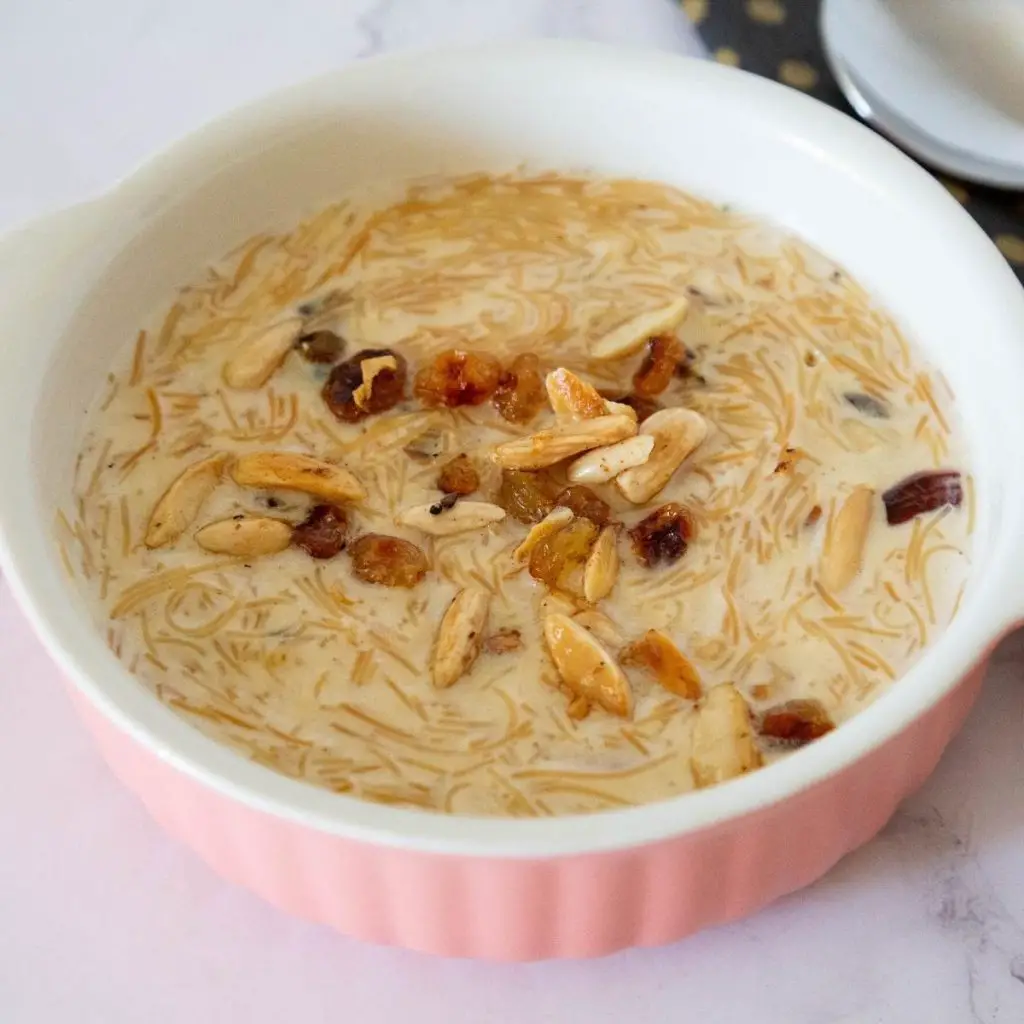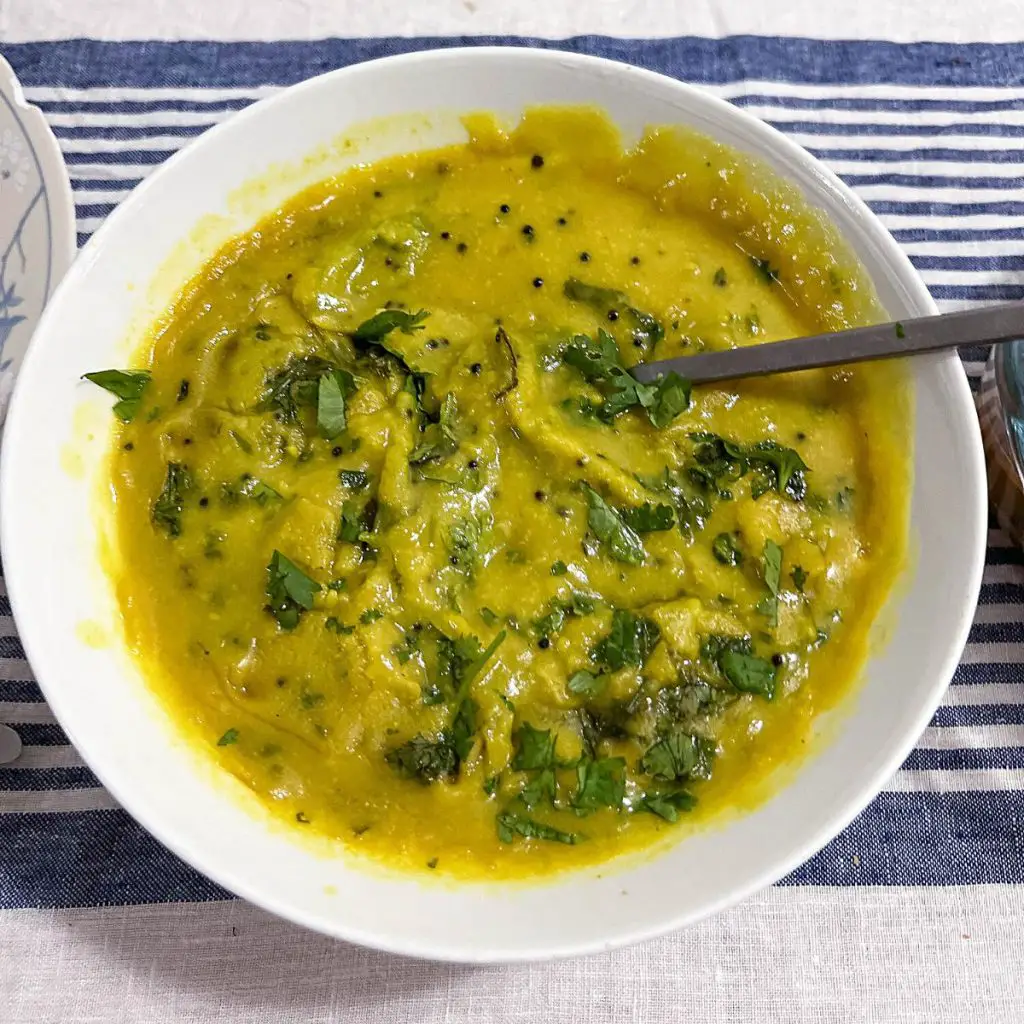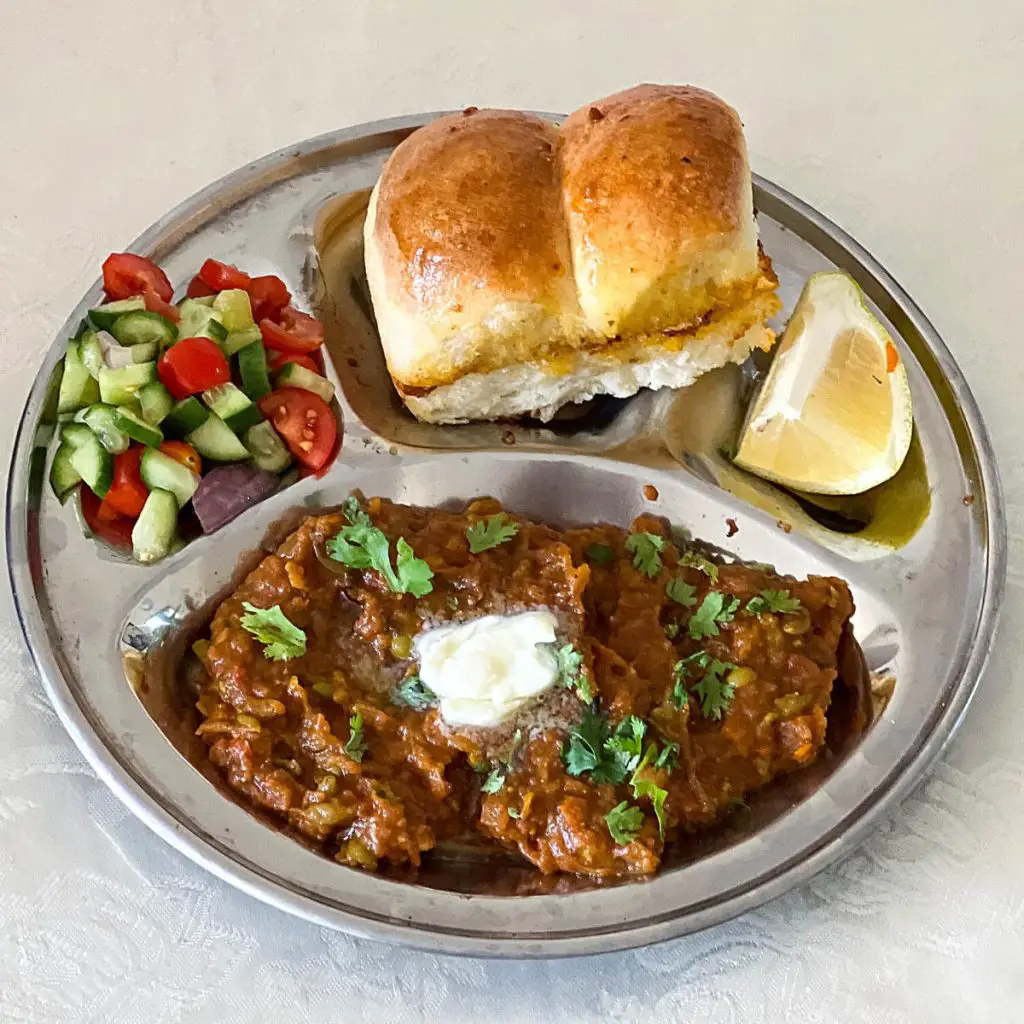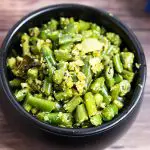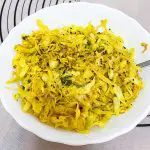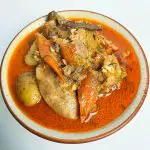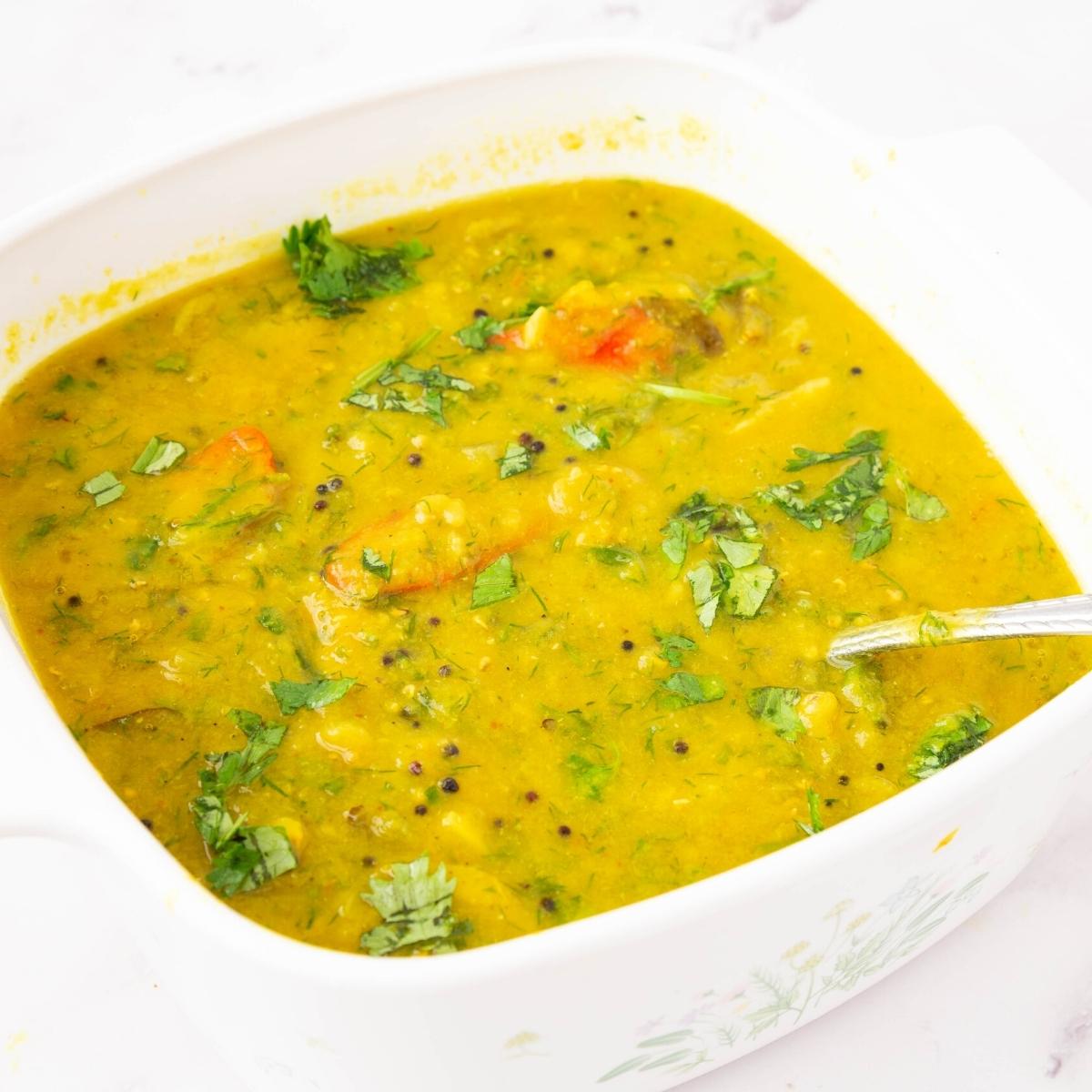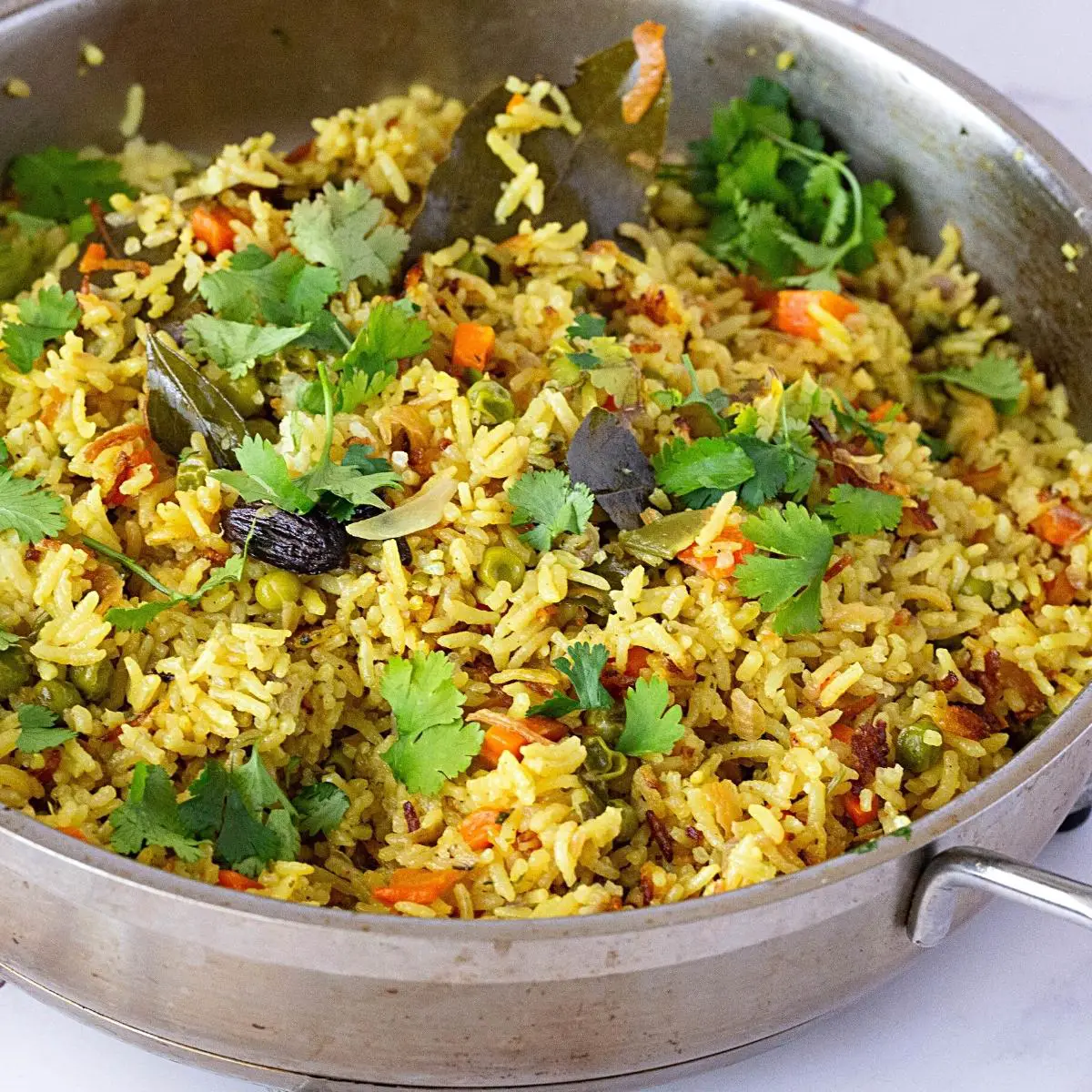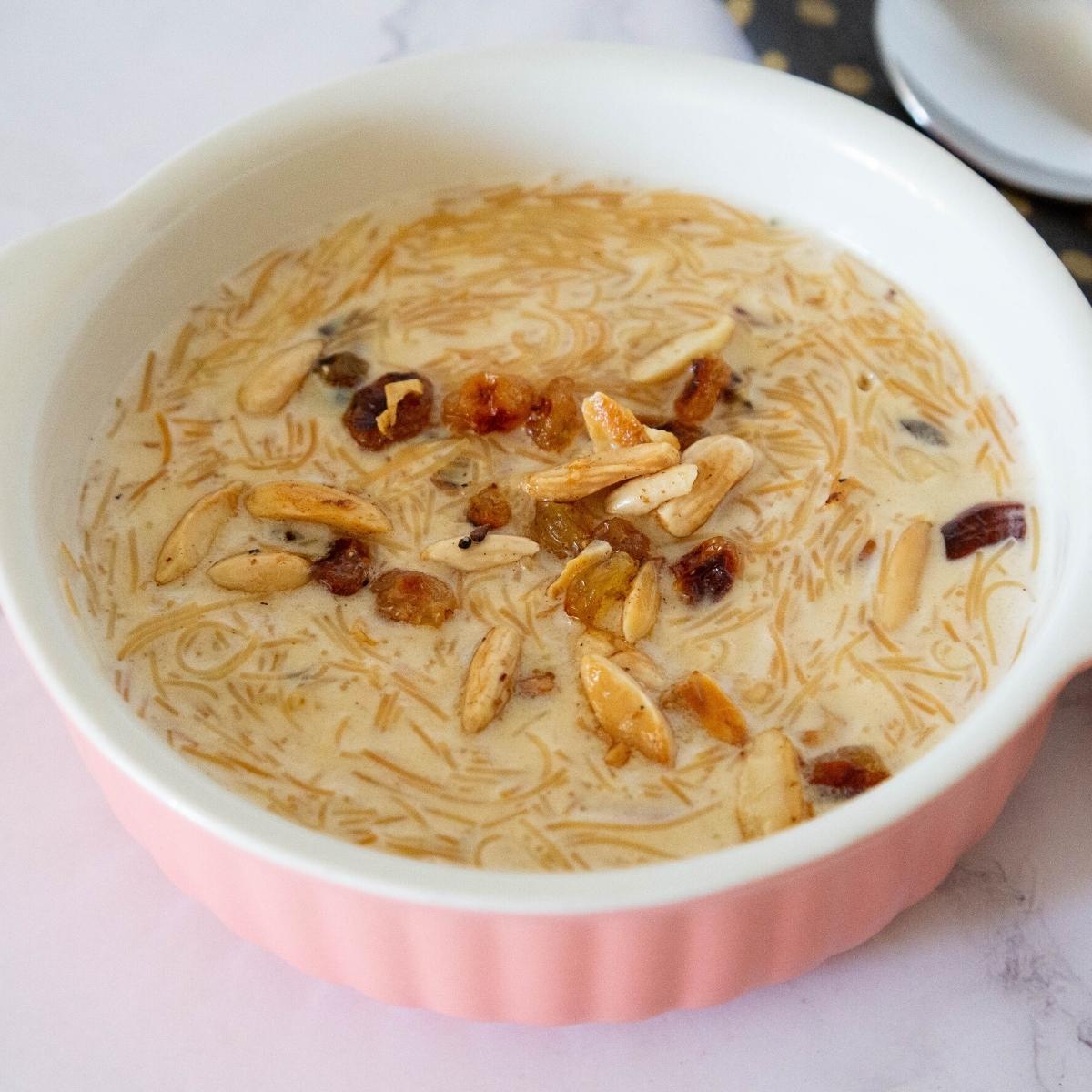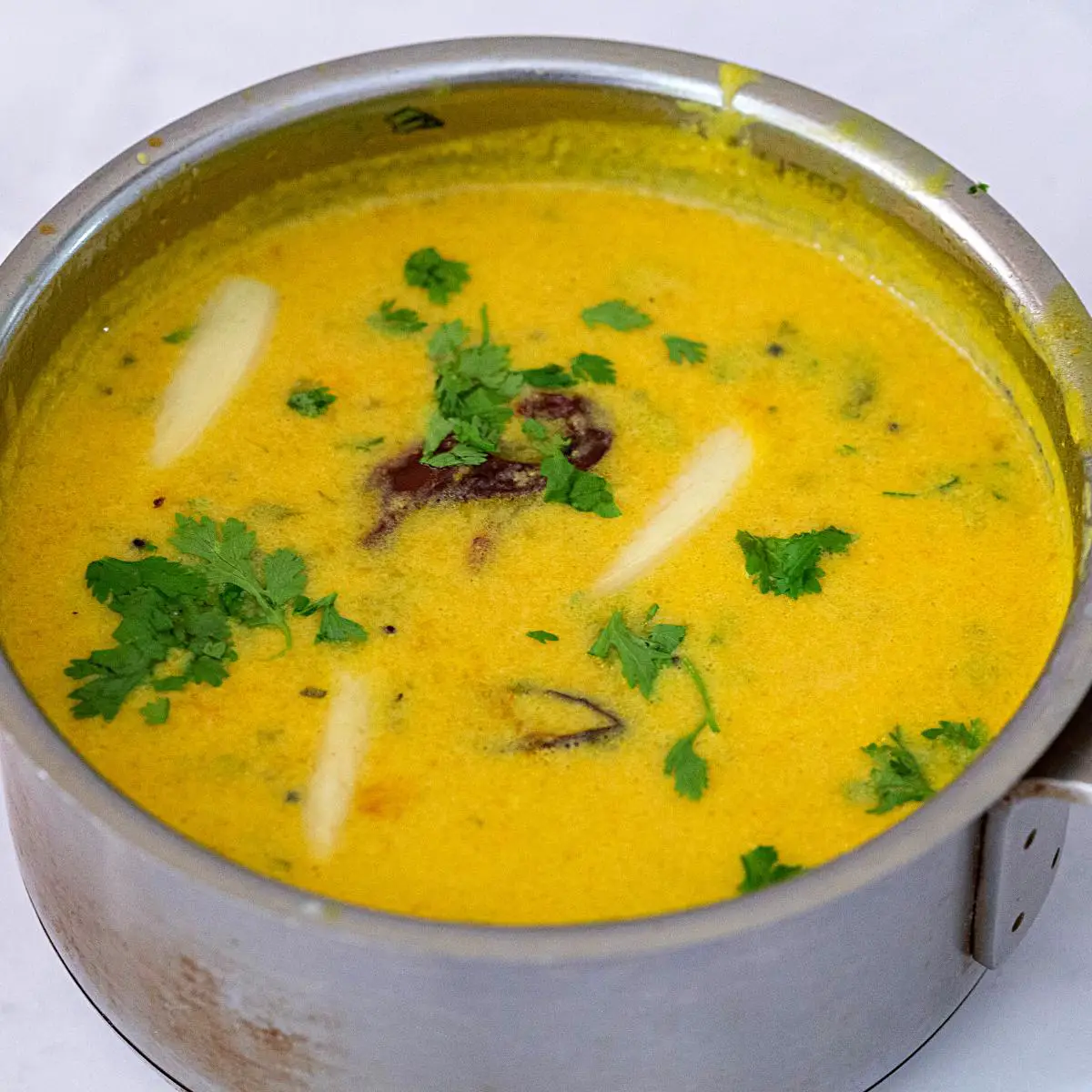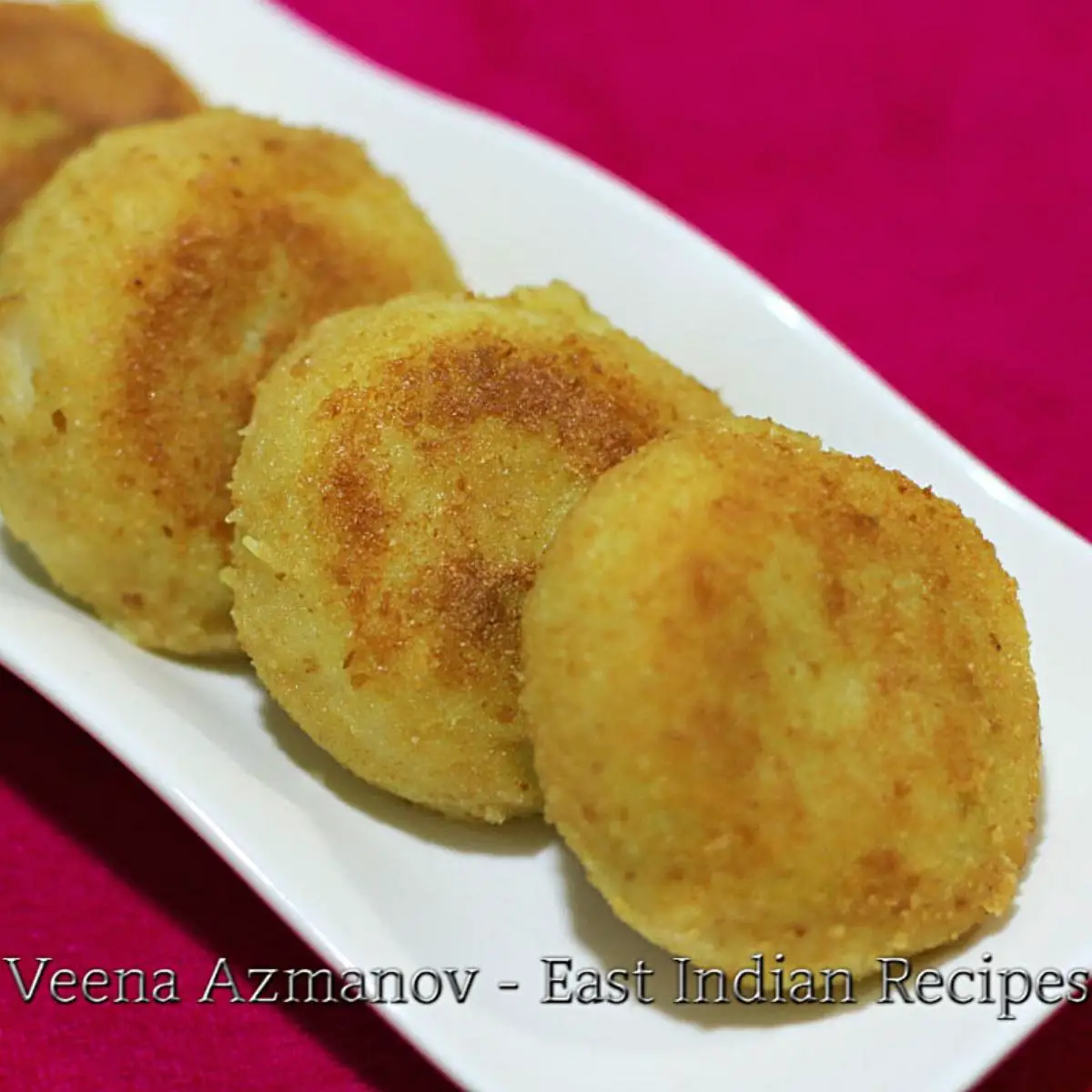Indian Curry Beans
If you’ve ever tasted a perfectly spiced curry bean dish, you know that it’s a culinary sensation like no other. The rich aroma, the complex flavors, and the satisfying comfort it brings – it’s a dish that leaves you craving more. But how can you unlock the secrets to achieving perfection in your kitchen?

Why make beans curry?
With all these incredible benefits, it’s no wonder beans and legumes are such a popular ingredient in curry dishes.
- When it comes to creating a perfectly spiced curry, incorporating beans adds a delightful twist to the dish. Firstly, beans are a fantastic source of protein, making them an excellent choice for vegetarians and vegans. By adding beans to your curry, you can ensure a well-balanced meal that satisfies your protein needs.
- Additionally, beans are not only nutritious but also budget-friendly. They are an affordable source of protein and can be purchased in bulk, making them a cost-effective option for families or individuals on a budget. You can save money without compromising on flavor and nutrition by incorporating beans into your curry.
- Furthermore, beans bring a unique texture to curry that adds depth and complexity to the dish. Whether you opt for creamy kidney beans, hearty black beans, or delicate chickpeas, each variety lends its own character to the curry. The soft yet firm texture of cooked beans creates a satisfying bite that complements the vibrant spices and flavors in the dish.
- Moreover, beans are versatile and can absorb the flavors of the curry sauce, allowing them to become the perfect vehicle for the rich and aromatic spices. As the beans simmer in the curry, they soak up the delicious flavors, infusing each bite with a burst of taste. This flavorful synergy between beans and curry creates a truly memorable culinary experience.
- In conclusion, making beans curry is a wise choice due to the numerous benefits they offer. From their nutritional value and affordability to their unique texture and flavor-absorbing capabilities, beans elevate the overall taste and appeal of a curry dish.
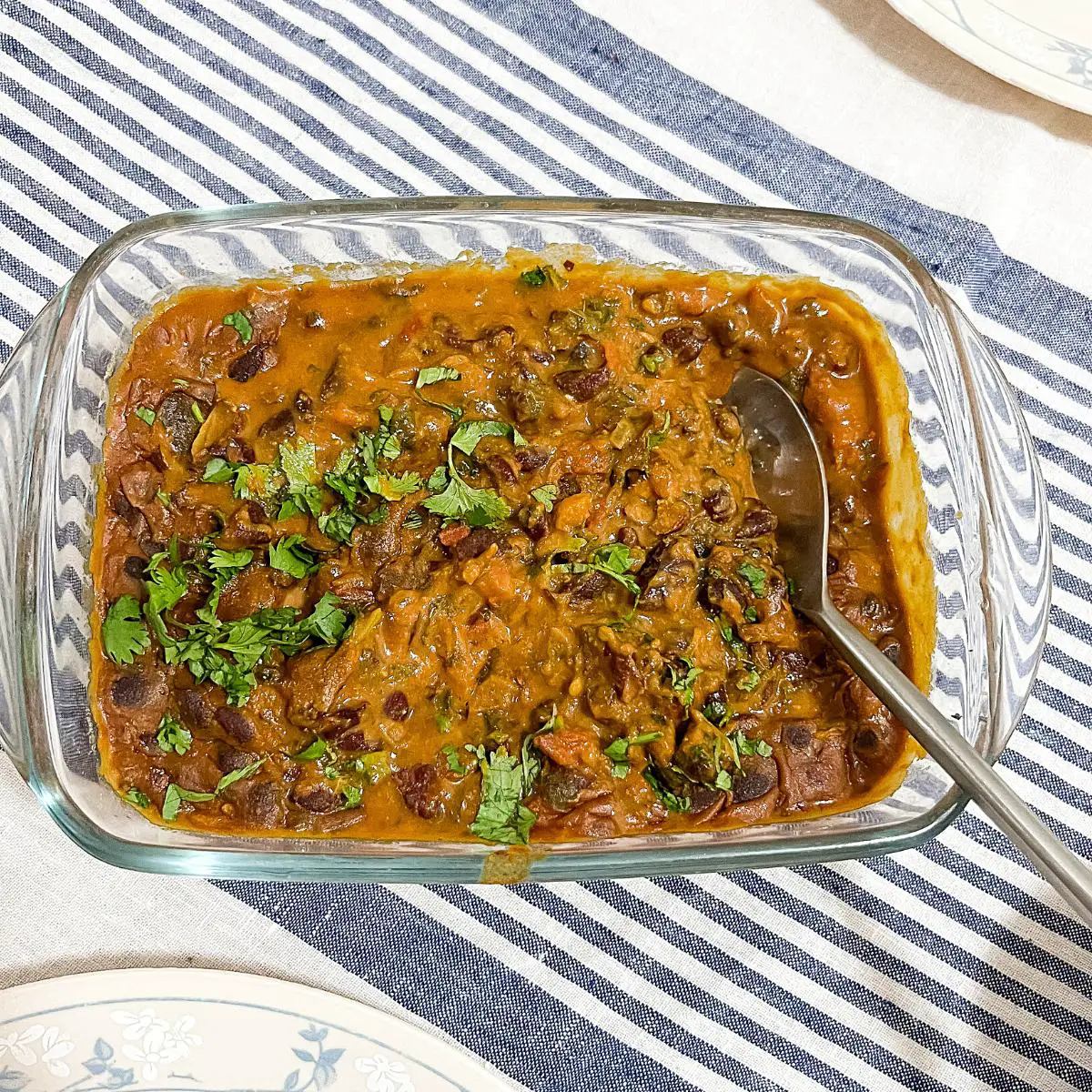
Ingredients and substitutes
To create the perfectly spiced curry beans, it is essential to have the right combination of ingredients. While the traditional recipe calls for a specific set of spices and seasonings, there are always alternatives and substitutes available.
- Starting with the main ingredient, beans, there are several varieties to choose from. While kidney beans and chickpeas are popular choices, you can experiment with other types like black beans, pinto beans, or even lentils. Each bean brings its own unique texture and taste to the curry, so feel free to mix and match based on your preference.
- Moving on to the spices. Adjust the proportions according to your taste, and you’ll still achieve that distinctive curry flavor. If you do not have these individual spices you can use curry powder which is a blend using a combination of ground cumin, coriander, turmeric, and chili powder.
- When it comes to the aromatic elements, onions and garlic are commonly used. However, if you prefer milder flavors, you can substitute them with shallots or leeks. Similarly, if you’re not a fan of ginger, you can omit it altogether or use a small amount of ground ginger instead.
- To add a hint of sweetness and tanginess to your curry, coconut milk is often incorporated. If you’re lactose-intolerant or prefer a different flavor profile, almond milk or cashew cream can be substituted. Just keep in mind that the taste and consistency may vary slightly.
- Lastly, don’t forget about the vegetables. While the classic recipe suggests tomatoes, you can experiment with other options like zucchini, carrots, or even sweet potatoes. These additions will not only enhance the nutritional value of the dish but also bring a delightful burst of color and texture.

Tips for making beans curry
- Firstly, don’t underestimate the power of using fresh spices. While pre-ground spices are convenient, grinding whole spices right before cooking will release their essential oils, resulting in a more intense and aromatic flavor profile. Invest in a good spice grinder or mortar and pestle to and whenever possible make your own curry powder!
- Next, take the time to properly cook your beans. While canned beans might be a convenient option, using dried beans that have been soaked overnight and cooked until tender will give your curry a richer and creamier texture. Plus, cooking your own beans allows you to control the level of saltiness, unlike canned beans which often come pre-seasoned.
- When it comes to creating a flavorful base for your curry, consider caramelizing your onions. Slowly cooking onions until they turn a beautiful golden brown will add a depth of flavor and natural sweetness to your dish. Don’t rush this step – be patient and let the onions slowly caramelize over medium-low heat.
- Additionally, don’t be afraid to experiment with different levels of heat. If you prefer a milder curry, reduce the amount of chili peppers or use a milder variety. On the other hand, if you love the heat, feel free to add more peppers or even include some chili powder or flakes for an extra kick. Remember to taste and adjust the spiciness as you go to ensure it suits your palate.

Serving and Pairing Suggestions:
One of the great things about curry beans is their versatility. While they can certainly shine as a standalone dish, they also lend themselves well to being served alongside other flavorful accompaniments.
- Rice or Naan: A classic and delightful pairing with curry beans is a generous serving of fragrant basmati rice or warm, pillowy naan bread. These traditional Indian staples make for a perfect base to soak up all the delicious flavors of the curry beans.
- Raita: If you’re looking to cool down the spiciness of your curry beans or simply add a refreshing element to your meal, consider serving it with a side of raita. This creamy yogurt-based condiment is often flavored with cucumber, mint, and spices, creating a perfect balance to the heat of the curry.
- Pickled Vegetables: To add a tangy and crunchy element to your dish, try serving your curry beans with a side of pickled vegetables. Whether it’s pickled onions, carrots, or mixed vegetables, the acidity and vibrant flavors will complement the richness of the curry beans.
- Chutney: Another fantastic way to elevate your curry bean experience is by serving it with a dollop of chutney. From tangy mango chutney to spicy tomato chutney, these condiments add an extra layer of flavor and complexity to your meal.
- Salad: If you’re looking to incorporate some freshness into your meal, consider serving a crisp and vibrant salad alongside your curry beans. Whether it’s a simple green salad or a more elaborate mix of vegetables and herbs, the contrast of textures and flavors will provide a delightful balance to your curry beans.
- Aloo Masala – Indian Potato Masala
- Cabbage Poriyal
- Mixed Vegetable Curry
- Mixed Sprouts Curry – Misal
- Chana Dal
Eggplant Curry – Bharwa Baingan
Mixed Sprouts Foogath – USal
Avial – Mixed Vegetable Curry
The Ultimate Saag Paneer Recipe
Frequently asked questions
Absolutely! While using dried beans allows for more control over the cooking process and results in a creamier texture, canned beans are a convenient alternative. Just keep in mind that canned beans are already cooked, so you may need to adjust the cooking time accordingly.
If you prefer a milder flavor, there are a few ways to tame the spice levels. Firstly, consider reducing the amount of chili powder or using a milder variety. You can also balance the heat by adding a dollop of yogurt or a squeeze of lime juice to your plate when serving. Additionally, the creaminess of coconut milk can help alleviate some of the spiciness.
Absolutely! Curry beans freeze exceptionally well, making them a great option for meal prepping or saving leftovers. Allow the curry to cool completely before transferring it to airtight containers or freezer bags. Label them with the date and store them in the freezer for up to three months. When you’re ready to enjoy them, simply thaw and reheat on the stovetop.
If you’re not a fan of coconut milk or don’t have it on hand, there are alternatives you can try. Heavy cream or full-fat Greek yogurt can add richness and creaminess to the curry. Vegetable or chicken stock can also be used, though the flavor profile will be slightly different. Experiment with these alternatives to find the one that suits your taste preferences.
Achieving the perfect consistency can be tricky, but there are a couple of tips to help you out. If your curry becomes too thick, try adding a little water, vegetable broth, or coconut milk to thin it out. On the other hand, if it’s too watery, continue simmering the curry uncovered to allow some of the liquid to evaporate. Adjusting the cooking time and heat can also help you achieve the desired consistency.
Beans and legumes are not only delicious but also incredibly nutritious. They are packed with essential nutrients and are a great addition to any diet. Incorporating beans into your meals can provide numerous health benefits, making them a fantastic choice for anyone looking to improve their well-being.
First and foremost, beans and legumes are an excellent source of protein, especially for those following a vegetarian or vegan diet. They contain a significant amount of amino acids, the building blocks of protein, which are essential for muscle growth, repair, and overall health. By including beans in your curry dishes, you can easily increase your protein intake and ensure a well-balanced meal.
Another notable benefit of beans and legumes is their high fiber content. Fiber plays a crucial role in maintaining a healthy digestive system, promoting regular bowel movements, and preventing constipation. Additionally, fiber helps keep you feeling full and satisfied for longer periods, which can aid in weight management.
Beans are also rich in vitamins and minerals, such as folate, iron, magnesium, and potassium. Folate is essential for cell growth and development, making it particularly important for pregnant women. Iron is crucial for carrying oxygen through the body and preventing anemia, while magnesium and potassium contribute to good heart health and normal blood pressure.
Incorporating beans into your diet may also have a positive impact on managing certain health conditions. Studies have shown that regularly consuming beans and legumes may help lower cholesterol levels, reduce the risk of heart disease, and stabilize blood sugar levels, making them an excellent choice for individuals with diabetes or at risk of developing diabetes.
Lastly, beans and legumes are not only nutritious but also budget-friendly. They are an affordable source of protein and can be purchased in bulk, making them a cost-effective option for families or individuals on a budget.
With all these incredible benefits, it’s no wonder beans and legumes are such a popular ingredient in curry dishes. In the next section, we will explore why making beans curry is a wise choice and how it can elevate your cooking to new heights. Get ready to delve into the wonderful world of flavors and discover the enticing reasons behind making beans curry.,
Pin this and other East-Indian Recipes on Pinterest here. Don’t forget to like and Follow for more recipes.
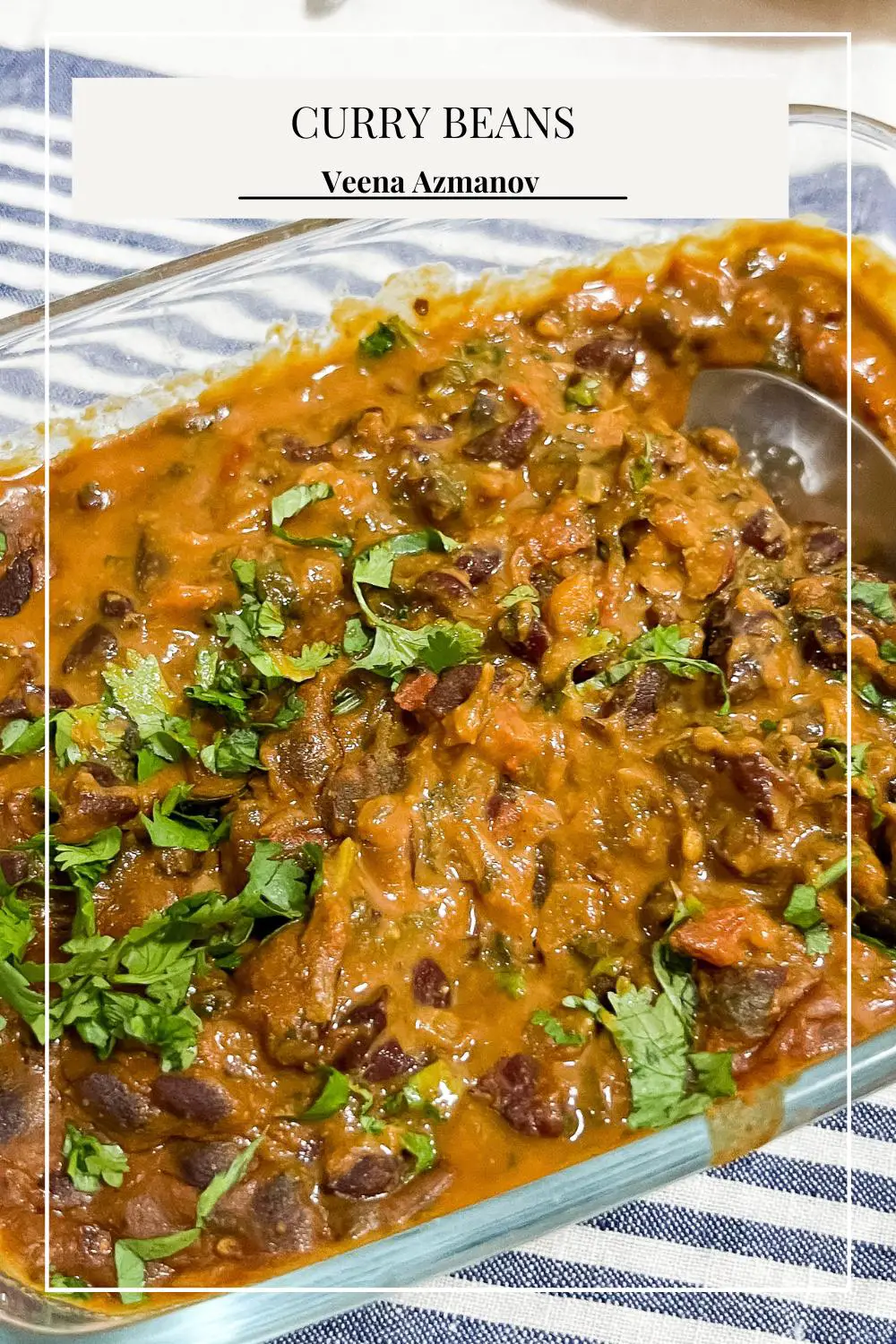
Ingredients
- 1 cup dried beans kidney beans, black-eyed peas, or chickpeas are all great choices
- 3 cups Water for soaking
- 1 large Onion finely chopped
- 2 large Tomatoes pureed
- 3-4 large Garlic cloves minced
- 2 inch Ginger minced
- 2-3 med Green chilies slit
- ½ tsp Cumin seeds
- ½ tsp Cumin powder
- 1 tsp Coriander powder
- ½ tsp Turmeric powder
- 1 tsp Red chili powder adjust based on your heat preference
- 1 tsp Garam masala
- ¼ tsp Kosher salt to taste
- ¼ tsp Black pepper powder
- 2 tbsp Oil or ghee
- ¼ cup Fresh coriander leaves chopped (for garnish)
Instructions
- Preparation – Soak the beans overnight (or at least 6-8 hours) in 3 cups of water.1 cup dried beans, 3 cups Water
- Cooking the beans – Drain the soaked beans and add them to a pot with fresh water. Bring to a boil, reduce the heat, and simmer until the beans are tender. This might take 30 minutes to an hour, depending on the beans. Alternatively, you can use a pressure cooker to save time.
Making curry
- Sauté – Heat the oil or ghee in a large pan or pot. Add cumin seeds and wait for them to sizzle. Add the finely chopped onions and sauté until they turn translucent. Add the ginger, garlic, and green chilies. Sauté for another 2-3 minutes until the raw smell disappears.1 large Onion, 3-4 large Garlic cloves, 2 inch Ginger, 2-3 med Green chilies, ½ tsp Cumin seeds, 2 tbsp Oil or ghee
- Thicken – Stir in the pureed tomatoes and thicken the mixture for 5-6 minutes. Add the spices. Mix well and cook until the oil separates from the masala.2 large Tomatoes, ½ tsp Cumin powder, 1 tsp Coriander powder, ½ tsp Turmeric powder, 1 tsp Red chili powder
- Beans – Now, add the cooked beans to this masala and some cooking water to achieve your desired curry consistency. Bring the mixture to a boil, then reduce the heat and let it simmer for 10-15 minutes to allow the flavors to meld.
- Check for seasoning, and adjust salt and spice levels if necessary. Sprinkle garam masala over the curry and mix well. Garnish with freshly chopped cilantro.1 tsp Garam masala, ¼ tsp Kosher salt, ¼ tsp Black pepper powder, ¼ cup Fresh coriander leaves
- Serve: Serve hot with rice, roti, or naan.
Recipe Notes
-
- Firstly, don’t underestimate the power of using fresh spices. While pre-ground spices are convenient, grinding whole spices right before cooking will release their essential oils, resulting in a more intense and aromatic flavor profile. Invest in a good spice grinder or mortar and pestle to and whenever possible make your own curry powder!
- Next, take the time to properly cook your beans. While canned beans might be a convenient option, using dried beans that have been soaked overnight and cooked until tender will give your curry a richer and creamier texture. Plus, cooking your own beans allows you to control the level of saltiness, unlike canned beans which often come pre-seasoned.
- When it comes to creating a flavorful base for your curry, consider caramelizing your onions. Slowly cooking onions until they turn a beautiful golden brown will add a depth of flavor and natural sweetness to your dish. Don’t rush this step – be patient and let the onions slowly caramelize over medium-low heat.
- Additionally, don’t be afraid to experiment with different levels of heat. If you prefer a milder curry, reduce the amount of chili peppers or use a milder variety. On the other hand, if you love the heat, feel free to add more peppers or even include some chili powder or flakes for an extra kick. Remember to taste and adjust the spiciness as you go to ensure it suits your palate.
About Videos – most recipes has two videos – a quick version in the post & longer detailed version on this recipe card. Please do subscribe to my channel if you like my videos
Nutrition Information
The nutrition information and metric conversion are calculated automatically. I cannot guarantee its accuracy. If this data is important to you please verify with your trusted nutrition calculator. Thank you
